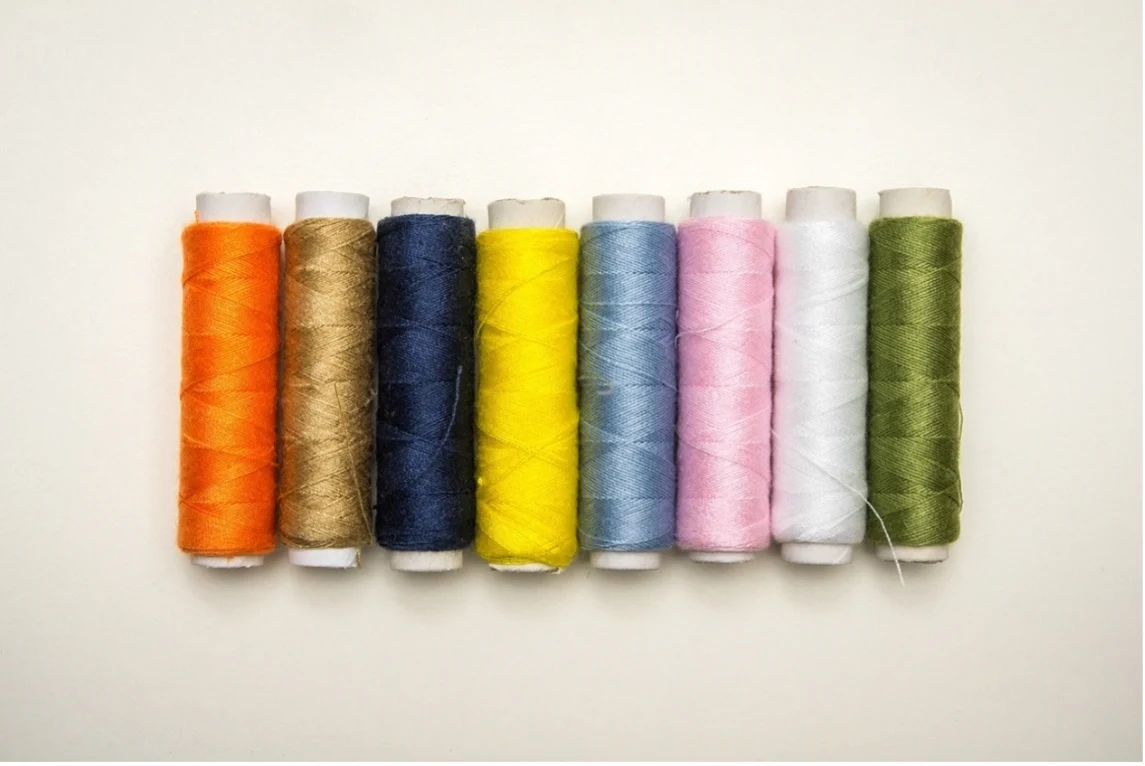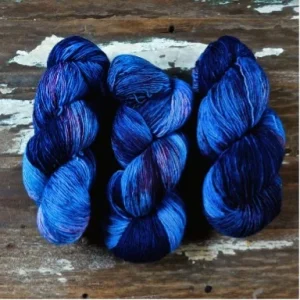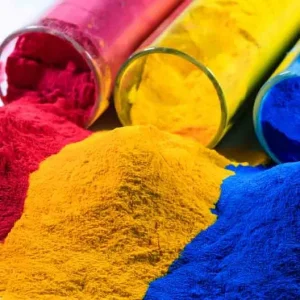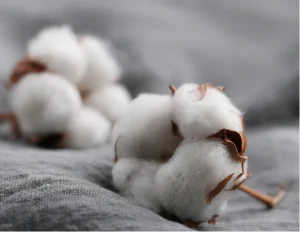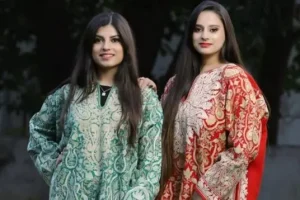According to the latest research numbers, the fashion industry comes on the high second place as an industry that is causing the greatest environmental pollution. This is due to the synthetic dyes used in the textile dyeing process that creates almost 20 percent of the global water pollution. The main issues that come from this process are the use of non-biodegradable petroleum-based colorants, toxic agents that fix the colourants on the textiles, and the release of large amounts of these agents into the ecosystem. With such a great level of pollution, the fashion industry is always looking for alternative solutions that would be more eco-friendly, sustainable, and organic.
With the constant search for more eco-friendly and organic alternatives, here is how the fabric dyeing process can become more sustainable.
Hybrid pigments
Hybrid pigments are composed of a dye that is chemically linked to a polymer particle. It reacts with the cellulose fibres at a temperature as low as 25 degrees Celsius. This process does not require the use of salt, which is used and inevitable in other dyeing processes. The hybrid pigment technology is great for dyeing cotton garments at low temperatures, as well as wool. It is already used for dyeing denim, which excludes the toxic agents that convert indigo pigment to a water-soluble form.
Powder dyes
Powder dyes are another sustainable solution that comes from textile fibres. The process is based on crystalizing fabric fibres into a very fine powder that can be used as a pigment dye for fabrics and garments. It is suitable for cotton, wool, nylon, and any natural fibre. They can be applied through various methods such as exhausting dyeing, dipping, spraying, coating, and screen printing.
Cotton pretreatment
Cotton requires about 200 litres of water for dyeing about 1 kg of fabric. The new pretreatment process comes before dyeing itself and produces cationic cotton. As a process, it reduces the use of dye by 50 percent, retains it without the fixation chemicals, and reduces water waste and the use of toxic chemicals.
Natural/Engineered Microorganisms
Another sustainable approach is using bacteria to colour textiles which can also help reduce water usage by 10 times. This approach fixes the dye-producing bacteria directly on the fabric with a carbon source solution, after which comes deposition and fixation. It uses organ solvents or agents containing organic compounds.
These are just some of the new ways that support sustainable and environment-friendly fabric dyeing processes.


